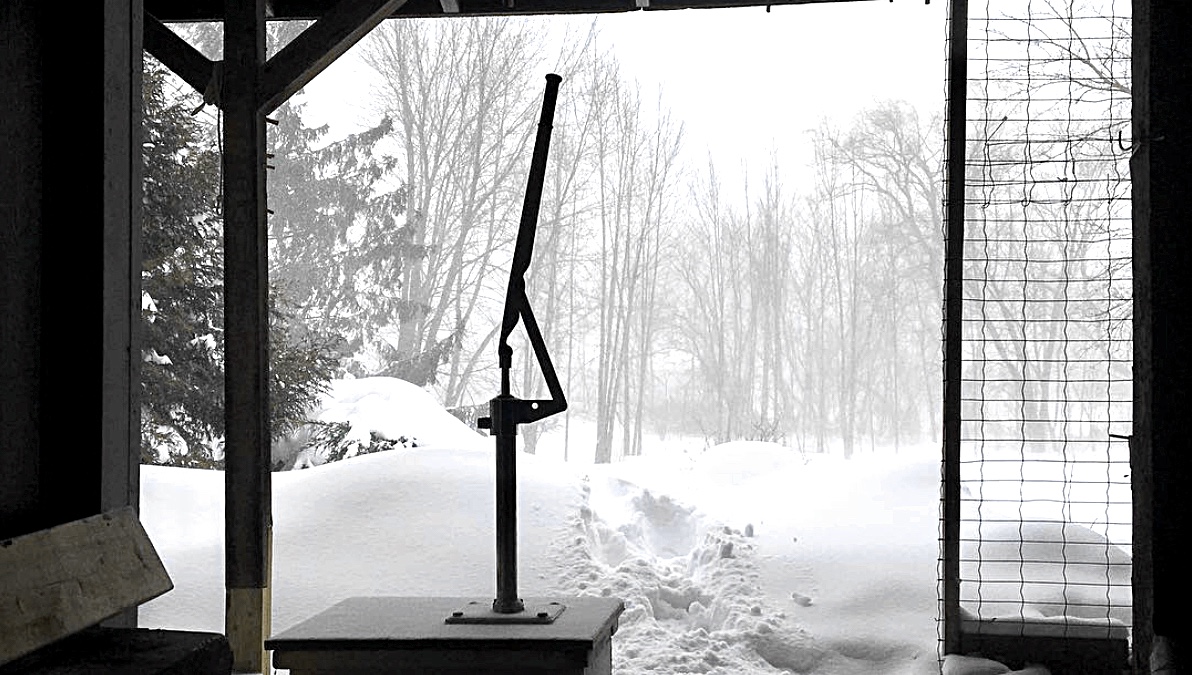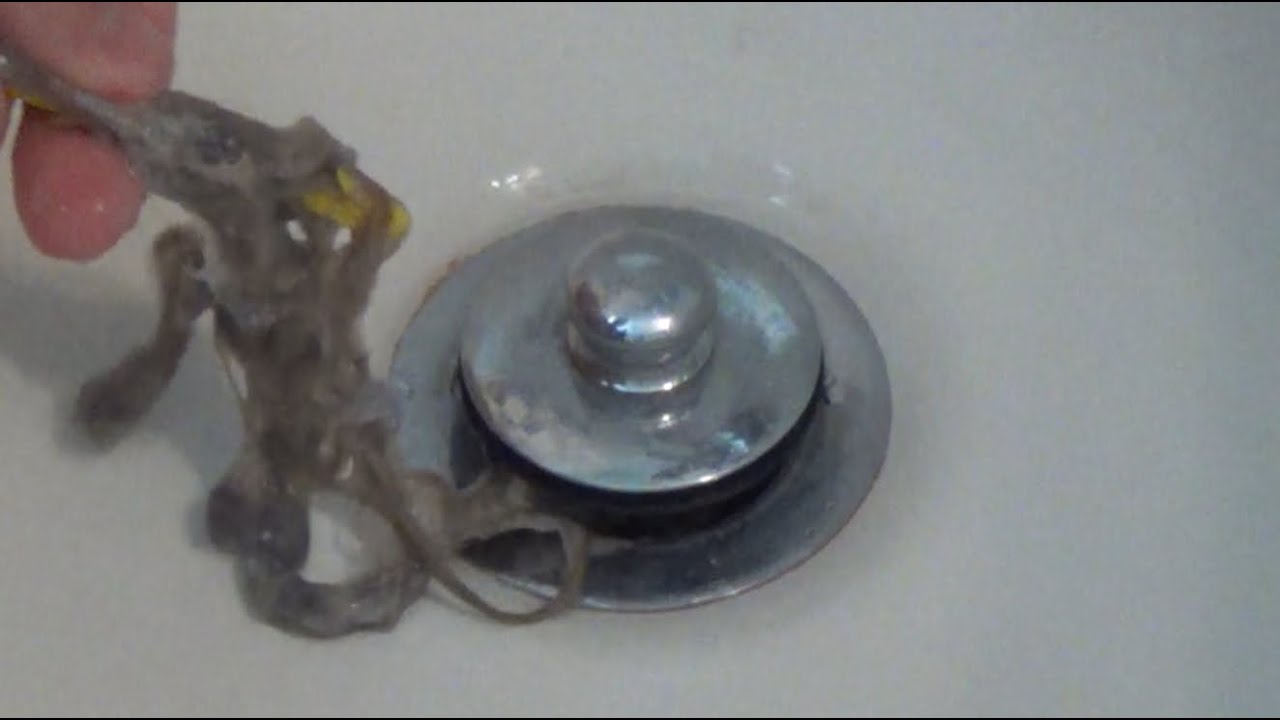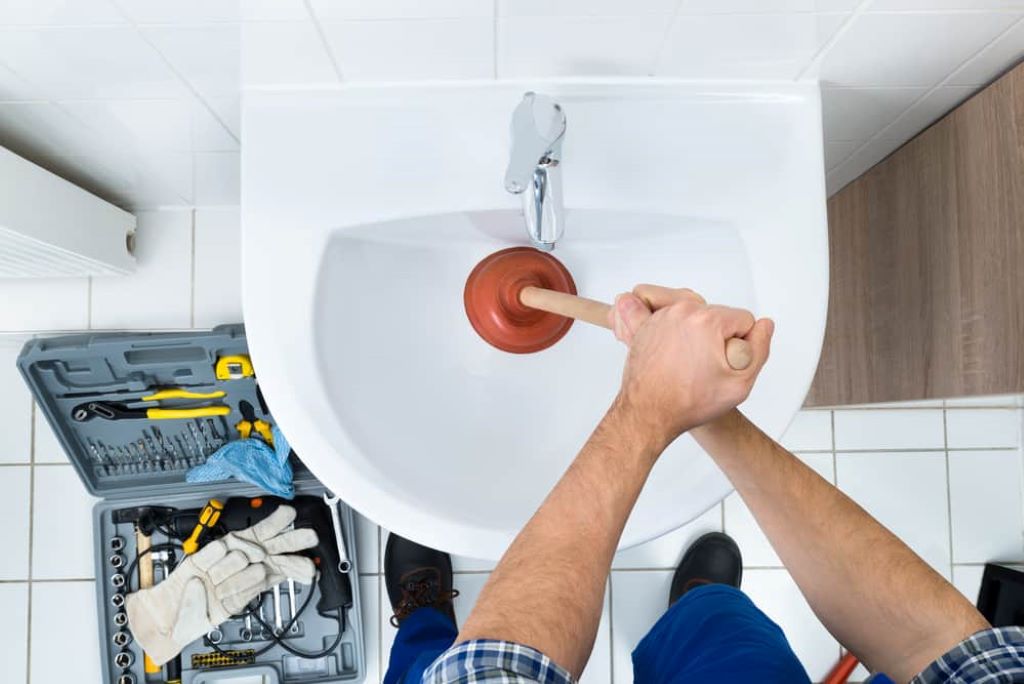In colder climates, maintaining your outside well pump during the winter months is crucial to ensure a consistent water supply. A frozen well pump can lead to a range of issues, from reduced water flow to costly repairs. Fortunately, there are several effective ways to prevent your outside well pump from freezing. In this article, we will explore how to keep outside well pump from freezing, providing you with the knowledge you need to protect your well pump during the winter season.
Understanding the Risk
Before we dive into preventive measures, let’s briefly understand why outside well pumps are vulnerable to freezing in the first place. Well pumps are typically installed below the frost line to prevent freezing, but the above-ground components, including pipes, valves, and pressure tanks, are exposed to the cold. When temperatures drop significantly, these components can freeze, leading to a range of issues. Discover how to reset well pump?
1. Insulate Your Pipes
One effective way to prevent freezing is to insulate the pipes connected to your well pump. Insulation sleeves made of foam or fiberglass can be easily wrapped around the pipes, providing an extra layer of protection against the cold. Pay special attention to vulnerable areas where pipes are exposed to the elements.
2. Install a Well House
Building a well house around your well pump is a more substantial solution. This structure provides insulation and protection from the cold, keeping your pump and its components at a stable temperature. Ensure proper ventilation to prevent moisture buildup.
3. Heat Tape and Cable
Heat tape and cable are designed to provide heat to pipes and prevent freezing. These products can be wrapped around vulnerable sections of your well pump’s plumbing. They are thermostatically controlled, turning on when temperatures drop to a critical point.
4. Use a Well Pump Cover
A well pump cover is a protective enclosure designed to shield your well pump from the elements. These covers are typically made of durable materials like plastic or fiberglass and are easy to install. Make sure the cover is well-ventilated to prevent condensation.
5. Keep the Pump Running
Running water is less likely to freeze than stagnant water. If temperatures are expected to drop significantly, consider allowing a small amount of water to flow continuously from one of your faucets. This will help prevent freezing within the pump and pipes.
6. Monitor Weather Conditions
Stay informed about upcoming weather conditions, especially freezing temperatures. By staying vigilant, you can take proactive measures such as running the pump or adding extra insulation when necessary.
Conclusion
Keeping your outside well pump from freezing is essential for maintaining a consistent water supply during the winter. By insulating pipes, installing a well house, using heat tape, employing a well pump cover, keeping the pump running, and monitoring weather conditions, you can effectively protect your well pump from freezing-related issues. Similarly, by learning how to adjust the front suspension on a mountain bike, you can enhance your riding experience and tackle different terrains with confidence.
FAQs
- How low do temperatures need to drop for a well pump to freeze?
The exact temperature at which a well pump freezes can vary, but it’s generally a concern when temperatures drop below freezing (32°F or 0°C).
- Is it necessary to insulate both the pipes and the well pump?
Insulating both the pipes and the well pump is advisable for comprehensive protection. While insulating pipes helps prevent freezing within the plumbing, insulating the pump itself can offer an additional layer of protection.
- Can I use a space heater inside the well house?
Using a space heater inside a well house is an option, but it should be done with caution. Ensure that the space heater is rated for safe indoor use and follow all safety guidelines.
- How often should I check the well pump during the winter?
Regularly monitor the well pump and its surroundings during the winter months, especially when temperatures are expected to drop significantly. Check for any signs of freezing or damage.
- What should I do if my well pump does freeze?
If your well pump freezes, it’s essential to thaw it carefully. Avoid using open flames or excessive heat, as this can damage the pump. Consult a professional if you’re unsure how to proceed.











